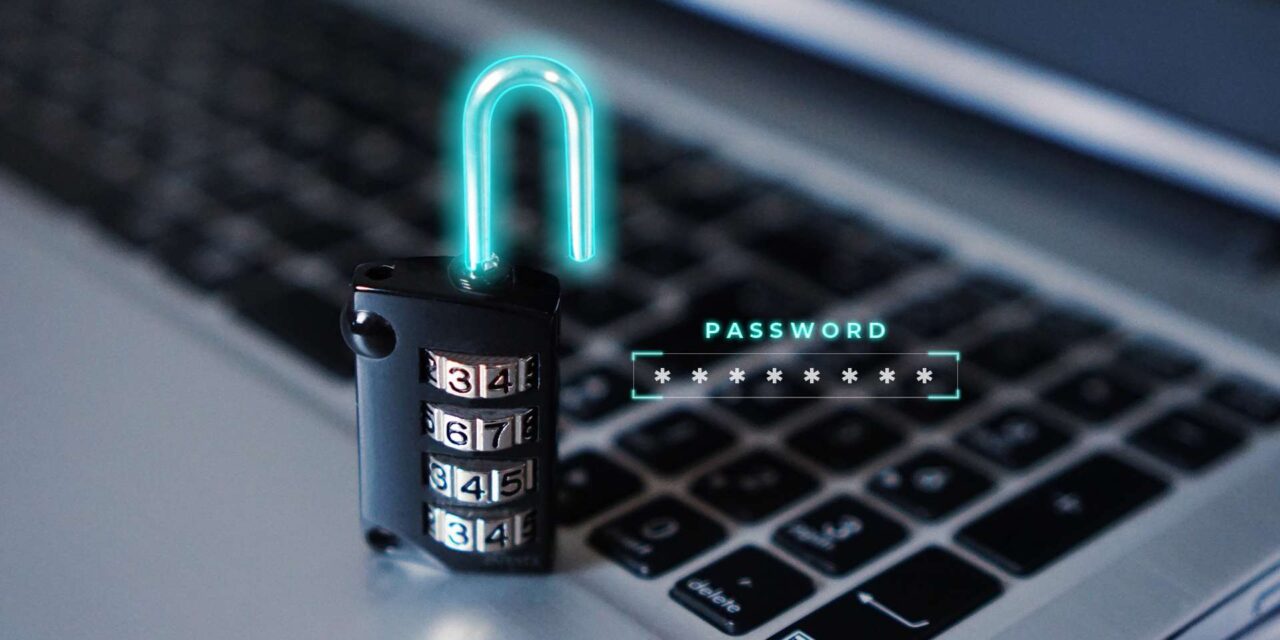Some practices are so critical now, that they can no longer be nudged onto people just for one day/week a year.
The National Cyber Security Centre (NCSC) of the United Kingdom has revealed that some 23m people worldwide were using the password “123456” in a world fraught with alarming cyber threats and scams.
In the past three years, many businesses have enlarged attack surfaces due to remote-working and hybrid-work arrangements, with employees connecting to the corporate network on personal devices.
As a result, opportunistic hackers can take advantage of these vulnerable end points to break into the network to steal both personal and professional confidential data.
According to Teong Eng Guan, Regional Director (Southeast Asia and Korea) Check Point Software Technologies: “Cybercriminals attempt to steal passwords utilizing techniques such as phishing emails to breach thousands of services and to steal credentials. While the methods continue to change, and the threats continue to evolve, there are still ways we can keep our data protected. Reevaluate the strength of our passwords and to bolster our cybersecurity efforts. (All) individuals need to play a part in deterring and hindering cybercriminals from getting access to sensitive information and devices.”
Here are the top five practices recommended by the cybersecurity firm when creating secure and robust passwords:
- Use a combination of characters: Having a password that is made up of simple phrases or of dates significant to a person’s life is very common practice. However, this habit seriously weakens a password as such data can be easily found out by cybercriminals. Therefore, always use a random sequence made up of a combination of different numbers, letters, and symbols— for each platform that requires logging in.
- Do not reuse the same secure password everywhere: With so many apps and services now requiring logging-in, it is tempting to take short cuts and use the same password for every platform. This is a bad idea. Just as we cannot have every lock in our home openable with a single key, we should not use the same password—however secure it is—for every service we log into. To reduce the pain of having to keep track of multiple secure passwords, use a software utility called a ‘password manager’ to manage and even generate different robust access codes.
- The longer the better: It is true that the longer a password combination is, the harder it is to remember. But it is one of the best ways to keep information safe, so make sure to use at least eight characters in the passcode.
- Make regular changes: Changing your password regularly may seem like an almost impossible challenge. However, this can be made easier by using the same basic pattern and adding different combinations from there. This way, it will be easier to remember and easier to change the sequences regularly.
- Two-factor (or multi-factor) authentication is your best friend: While taking all the above measures will certainly improve the effectiveness of all passwords in use around the world, it is also essential to implement two-factor authentication. This is because new cyber threats to steal access are constantly being refined to catch people off guard.

















